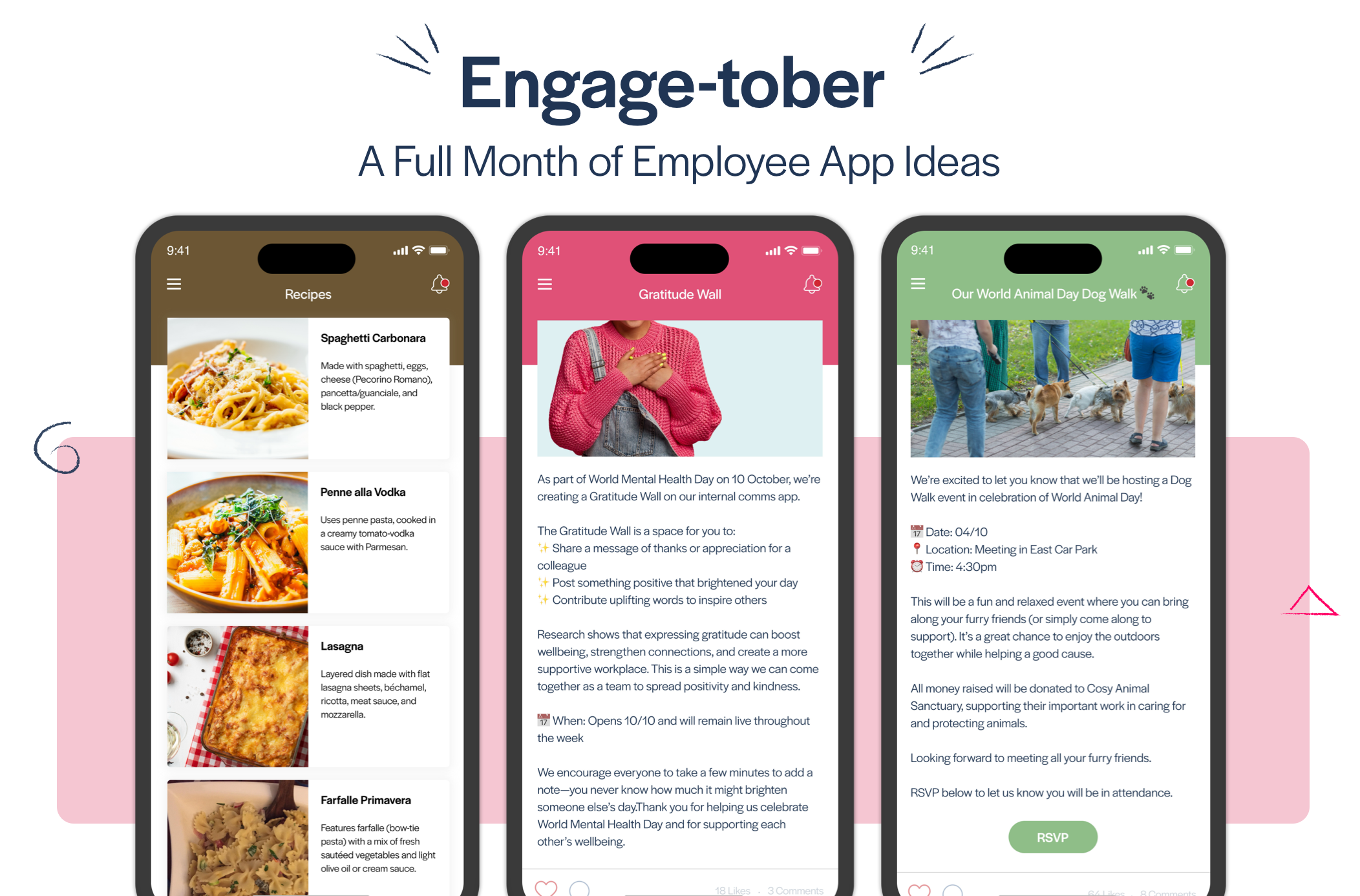
Blog
Communicating with Employees During a Health Crisis
The novel coronavirus, COVID-19, has everyone on edge and has completely disrupted life—and work—as we know it. As an internal communications professional, you’re tasked with keeping employees informed. Keep them up-to-date and reassured with our tips.

One day, your communications are more or less centered on business-as-usual. The next, you’re having to make sense of and disseminate information about the impact of the new Coronavirus on your workplace.
Why Your Role Matters So Much Right Now
The Scramble for Information
If there was ever a time when the right information was critical, it’s now. People are grasping for any information they can get on the global pandemic, especially as it relates to their personal and professional lives.
Your employees are anticipating that their workplace will be proactive in communicating what they need to know and when. Naturally, internal communications and human resources pros will take the lead.
The Sudden Spike in Remote Workers
Remote work seemingly became the norm overnight for businesses that can accommodate telecommuting. In fact, the remote workforce has climbed to number millions strong during the outbreak.
The communications you send out during this time will help support these workers who are remote—logistically and even emotionally. The right communication can bridge the gap that many workers may now be feeling.
- Make sure they have the resources they need to get their jobs done, including lists of key contacts and easy access to company policies and procedures.
- Make sure teamwork can continue, and that remote workers know which company-wide communications tools are approved for use to keep productivity and projects on track.
- Make sure social interactions using approved tools can continue, even if they are, for the meantime, digital. Remote work and modified hours disrupt the sociality of the work environment, which can have detrimental mental and emotional effects.
Get Set for Success
IC and HR teams should work closely and rapidly to prepare a crisis communications plan, or to modify one that already exists to meet the needs of the current crisis.
- Develop a plan for how, where and when to reach team members.
- Designate a small, nimble task force responsible for coordinating and communicating during the crisis.
- Adjust workplace policies and procedures so that they meet the needs and circumstances of remote workers, as well as any front line workers who may be displaced.
- Identify risks to minimise their impact on employees, customers, and anyone else who comes in contact with your organisation.
- Create a single source of truth and promote it to every single employee. Rumours are bound to fly during any time of uncertainty, and employees need to know where to find information they can trust.
What to Share—and How to Share It
The shape that your communication takes may look different during a health or other crisis, particularly where the situation changes frequently.
Emphasize the Essential
- Establish a “living” document or resource that can be edited as needed on a moment’s notice. Make sure it’s available where team members can access it, such as on their personal mobile devices.
- Include pertinent information that is accurate, that educates, and that distinguishes between fact and speculation. Get your information from trusted sources, such as the WHO, as well as national, state and local health departments.
- Push out company policies (including those about technology, security, and pay) so your workforce knows exactly what’s expected and what to do.
- Consider implementing and communicating risk levels, from light to severe, along with what actions each will trigger (for example: increased office cleanings, reduced or restricted travel, telecommuting, office or location closures, etc.). This way, team members will know what to expect and when, mitigating fear and uncertainty.
- Include safety steps and other procedural information that employees need to protect themselves and others.
- Send out information around health plan coverage and other benefits that team members may need to access at this time.
- Keep CEO and other leadership updates flowing to the entire workforce. Hearing from leaders can have a unifying effect.
- Establish two-way communication—make sure employees can ask questions and offer feedback.
Watch Your Tone
Even though your organisation’s response needs to be calculated and thorough, your communications don’t need to come off cold.
Use this as an opportunity to create a culture of understanding, empathy, and sensitivity via internal communications. Minimise fear and confusion through communications that are clear and simple, while at the same time ensuring that employees feel empowered to do their part.
Know Your Audience
Of course, this is always important, but in times of crisis, it becomes even more so.
Communicate with your employees using channels and technologies that they can and will access. Don’t be afraid to get creative, using video or attention-grabbing graphics to teach proper hand washing, for example.
Don’t forget external-facing communication: Clients, customers, stakeholders, media, and suppliers will all need to know how your organisation is dealing with the crisis and how it impacts them.
Next steps…
Here at Thrive, we specialise in equipping internal communications and HR teams with the employee communications tools they need to keep everyone in their organisations informed and involved.
You may also be interested in reading our new eGuide - Covid-19: Crisis Communication & Support for Key Workers.
Helping you communicate with your people, and thereby keeping them informed and engaged, is the heart of what we do.
We can have a secure, mobile communications app channel setup for you within 48 hours, for a small fee and only 3 months commitment required.










